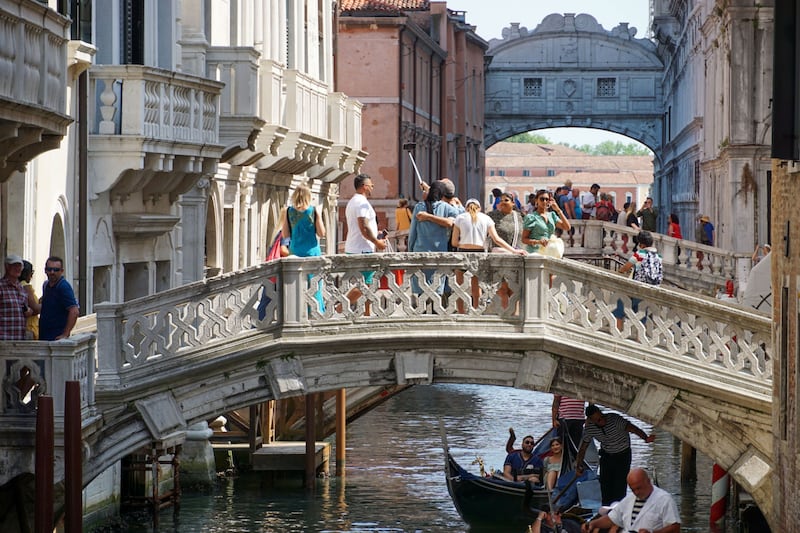As ski destinations around the world reopen this winter, one resort in the French Alps has permanently closed its slopes because of a lack of snow.
La Sambuy, a small family ski resort not far from Trois Vallees, used to get snowfall from December to April, but last season it was only able to open for a few weeks – and was facing an annual operating loss of about 500,000 euros ($530,000), the town’s mayor told CNN.
It’s not the only skiing destination affected by the world’s warming temperatures. A report in the scientific journal Nature Climate Change in August found more than half (53 per cent) of 2,234 European ski resorts surveyed are probably at risk due to low snow supply at 2°C of global warming above pre-industrial levels.
Meanwhile, this summer was the planet’s hottest on record, according to the EU’s Copernicus Climate Change Service. It became known as the summer of wildfires, as blazes raged from Canada to Greece and Hawaii.
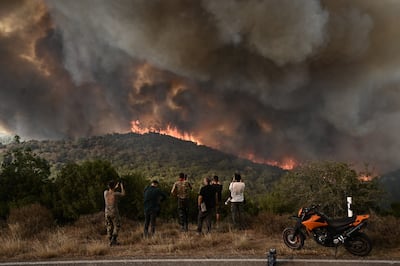
In Europe, these stifling temperatures meant the number of people looking to travel to the Mediterranean region between June and November dropped by 10 per cent year-on-year, according to the European Travel Commission.
All of these factors – and plenty more – mean people’s travel habits are starting to permanently shift.
Shoulder season trips to soar
Summers are only set to get warmer and so this could give way to more “shoulder season” holidays, whereby tourists take their leave during the traditionally quieter spring and autumn months. This is usually between March and April, then September and October.
“We try to find pockets of time that are less busy,” says Rebecca Alesia, founder of New York travel agency Wanderology. If someone wants to visit Venice, for example, she’d avoid sending them during the film festival, biennale or summer. “That’s one of the reasons we’re doing a lot of winter European vacations this year. Yes, go and see Rome and Florence and Venice in December. Sure, you wear a jacket. In Paris, you’ll wear a turtleneck. But at least you’re not going to be fighting with everybody to get into everything.”
In October last year, short-term rental analytics platform AirDNA noted that occupancy rates at mountain and lake destinations worldwide were nearly as high as July 2019’s peak.
Personal travel bookings between September 1 and October 31 were up 22 per cent this year when compared to last year, according to Navan, an online travel management software company.
Sunny southern coastal regions, such as Greece, Italy and Spain in Europe, are expected to be among the most affected by this trend, as the European Commission’s Joint Research Centre estimates as much as 10 per cent of their tourists might start avoiding peak summer months. In the US, it’s destinations such as Florida that will feel the heat.
Off the beaten track
If people aren’t changing when they travel, then they’re likely choosing cooler destinations.
Countries such as Denmark, Ireland, Bulgaria and the UK saw a surge in interest this summer, for example.
In June, experiential group travel company EF Go Ahead Tours, from the US, said bookings for Scandinavia were up 50 per cent compared with summer 2019. Australian company Intrepid Travel, meanwhile, said sales to Iceland were up 136 per cent through May compared with the same pre-pandemic period, according to Travel Weekly.
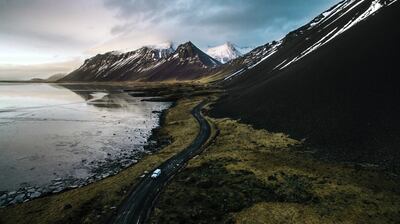
The temperature wasn’t the only factor putting people off certain destinations, as increasing levels of overtourism were also being reported. This meant tourists were looking to experience lesser-known spots where they could avoid the crowds.
Alesia calls this the “B side”. “An album has an A side and a B side, so what’s the B side of Europe? Everybody has done Rome and Florence, for example, but has everybody gone to Puglia? Are people going to Sardinia? Not yet. How about going to the Piemonte region near Milan instead of Tuscany?
“Another great example would be if you love Tuscany, let’s look at Northern Croatia. Let’s look at Istria. You have a lot of similarities in terms of the experience – there’s fine dining, truffles, the climate is similar. So you’re getting a similar experience, but in a much less touristy area and a place that’s trying to grow its hospitality. So you’re doing them a service versus bringing your business somewhere that’s overcrowded.”
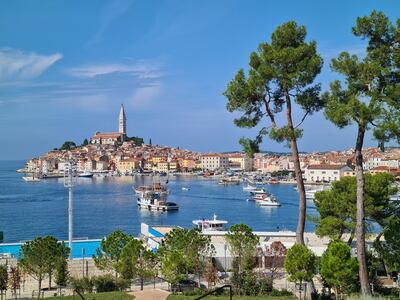
Ecobnb, a short-term rental platform from Italy that works with sustainable accommodation providers, has noted a recent rise in interest in natural parks. “These offer a refreshing escape from the crowds and provide a pristine environment for outdoor activities,” says co-founder Silvia Ombellini.
Alpine destinations, historic villages and cities, as well as eco-villages are also becoming popular, she adds. More innovative sustainable lodging choices have also had an sharp rise in interest, from tree houses to yurts and even igloos.
A vicious cycle
Climate change is affecting the way people travel, but tourism is also impacting levels of climate change in the first place.
The travel industry contributes between eight and 11 per cent of the world’s greenhouse gas emissions, according to the World Travel & Tourism Council, and the majority of this is generated by transportation. Aviation alone causes about 17 per cent of the total travel carbon emissions, it finds.
Global warming could also change the way the aviation industry runs. High temperatures could hamper or even prevent aeroplane take-offs, for example, as it makes the air less dense. They can also soften runway tarmac. Without infrastructure improvements, including the lengthening of runways, according to a report by McKinsey Global Institute this could mean up to 23 times the number of airline passengers may be grounded due to extreme heat by 2050 when compared with today.
We’ve already seen an increase in turbulence due to climate change, too. A study by the University of Reading earlier this year reported a 55 per cent annual rise in severe clear-air turbulence over the North Atlantic as the warming of the planet has affected the winds of the Northern Hemisphere jet stream.
How climate change has made flight turbulence worse
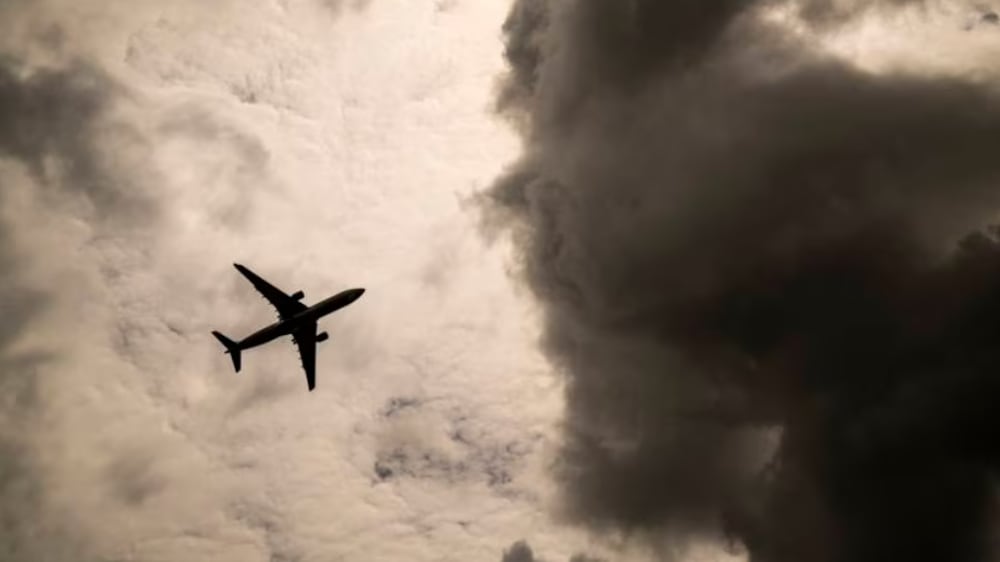
Professor Paul Williams, an atmospheric scientist and co-author of the study, has said the frequency of reported clear-air turbulence is expected to double by 2050, with the average strength likely to increase by 10 to 40 per cent.
‘Travelling is also a lifestyle option’
A rise in sustainable tourism is needed to mitigate the impacts of climate change, as these altered travel habits are temporary solutions for long-standing issues, says Amruta Kshemkalyani, founder of Sustainability Tribe and AK Sustainability Advisory, who lives in the UAE.
She says in the 16 years she’s been a sustainability expert, she’s seen an increasing amount of awareness around the subject, but there is not enough action. “A lot of the time the focus is still on basic topics like replacement of plastic or reducing plastic pollution or housekeeping policies,” she tells The National.
There needs to be more of a vested interest in protecting biodiversity, nature conservation or sustainable transportation, she adds. “On those fronts, the tourism industry is still struggling.”
The links between climate change and political instability, world hunger, shrinking resources and so on, also needs to be acknowledged, she says. “When you travel you get to see these things very prominently. We need to consider the effects of climate change not in silos, but in terms of the very big picture.”
She refers to the frequent wildfires, floods and lack of snow, as well as rising costs of living and the food crisis. Some people and destinations are affected more than others, she adds. “Climate change is very much linked to instability and inequality in society. That is one of the biggest takeaways we need to focus on, that climate change is affecting more unprivileged people who don’t have enough access to wealth or resources.
“And they can’t even travel, so we need to remember travelling in some ways is also a lifestyle option.”
How to make responsible choices
While tourism companies need to take a closer look at their sustainability policies and governments must strengthen regulations, the onus is also on tourists to make responsible choices, says Kshemkalyani.
“There is definitely a need of education for travellers, as well as tourism industry businesses to bring a higher sustainability commitment so that we could basically bridge these gaps.”

Even awareness around littering in outdoor nature destinations is still needed, she adds.
Thankfully, sustainable tourism choices are becoming more popular. At the beginning of this year, the World Travel and Tourism Council reported 69 per cent of travellers were actively looking for sustainable travel options.
By the end of this year, the global eco-tourism market is predicted to have grown to $200.8 billion, up 5.75 per cent from last year, according to a report by The Business Research Company. That figure is expected to increase to $331.62 billion by 2027.
In the eight years since Ecobnb launched, it has evolved from a modest user base to having more than two million customers, says Ombellini. “Our platform has experienced remarkable growth, reflecting a heightened awareness and enthusiasm for sustainable travel.”
The most frequently asked questions they get from customers are around sustainable transportation options in the local area; clean and renewable energy sources at the accommodation; availability of organic, local and vegan or vegetarian food; recycling and waste collection; and natural or ecological toiletries and cleaning products.
“These inquiries reflect a growing awareness and commitment to environmentally responsible travel, where travellers seek destinations that go the extra mile to minimise their ecological footprint and provide a holistic eco-friendly experience,” says Ombellini.
Kshemkalyani says it’s time for everyone to pay attention to the environment and society equally. “Do try to travel as sustainably as possible – try to reduce your carbon footprint, use public transport, choose eco or sustainable accommodation, try to eat local food. But at the same time, we all need to be sensitive to local communities, respect cultures and try to learn.”
